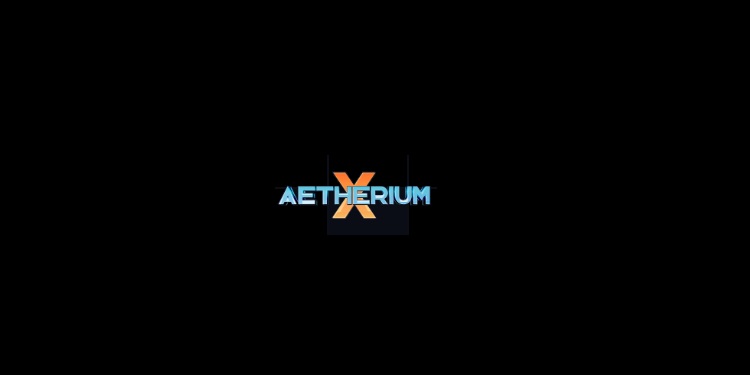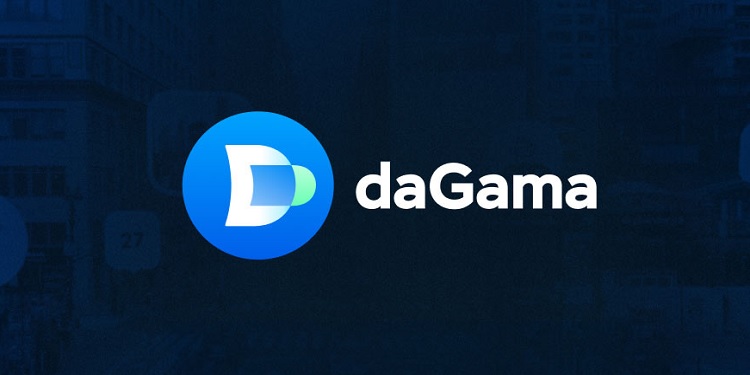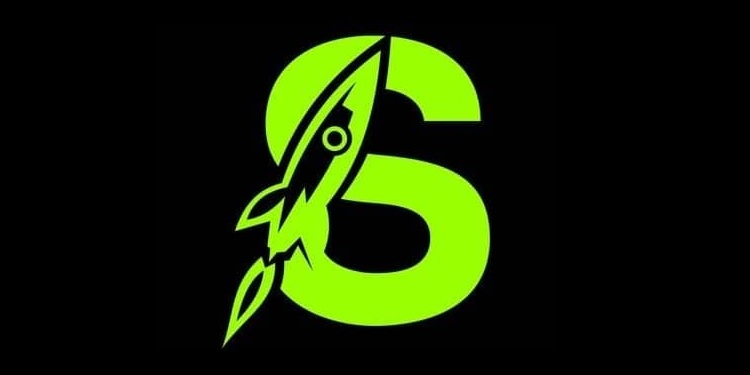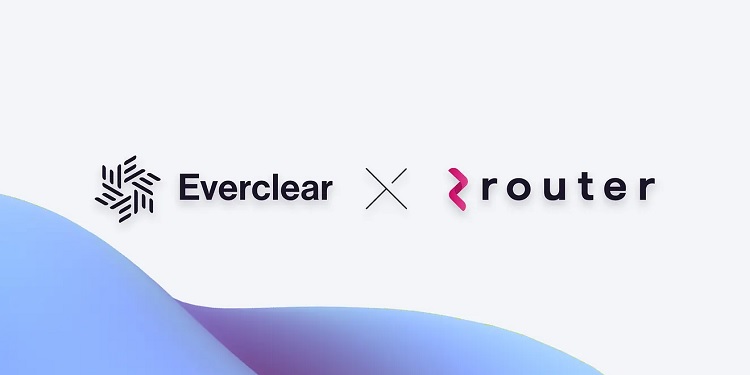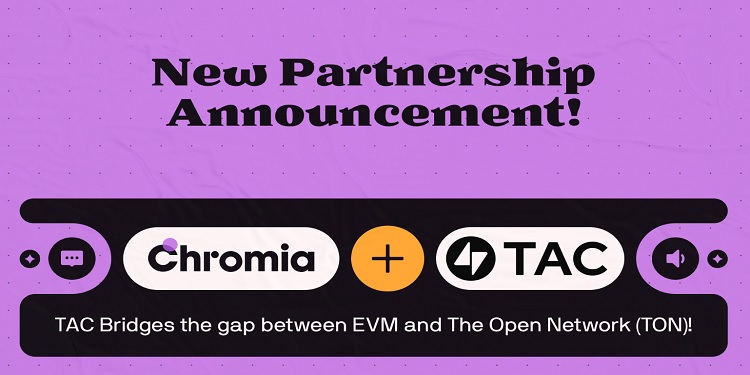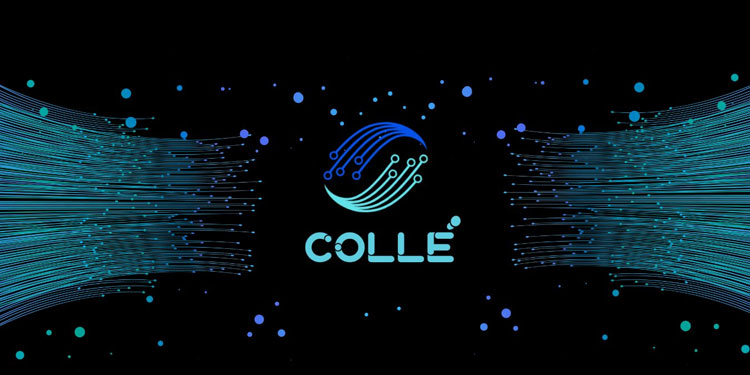Global financial technology firm Fiserv has revealed plans to introduce its own stablecoin, FIUSD, along with a supporting digital asset platform before the end of this year. As a Fortune 500 company that handles over 90 billion financial transactions annually, Fiserv intends to position FIUSD as a blockchain-based enhancement to traditional banking systems rather than a disruptive force.
Solana Chosen for Speed and Cost Efficiency
The stablecoin will be launched on the Solana blockchain, a network known for its high throughput and minimal transaction fees. FIUSD will be integrated directly into Fiserv’s existing banking infrastructure, which currently supports a client base of nearly 10,000 financial institutions and serves around six million merchants worldwide. The company is collaborating with Circle and Paxos—two prominent stablecoin issuers—to develop the necessary backend systems, with a strong emphasis on regulatory compliance and technological interoperability.
Fiserv executives indicated that the firm is in a strategic position to expand the use of stablecoin-based payments and open up blockchain financial services to a wider population. Takis Georgakopoulos, the company’s Chief Operating Officer who previously led blockchain efforts at JP Morgan, has highlighted Fiserv’s potential to lead this transformation through its robust financial network.
Programmable Money for a 24/7 Economy
The introduction of FIUSD is intended to go beyond the concept of a basic digital dollar. Fiserv envisions it as programmable money that operates continuously, offering a modern alternative to outdated banking rails. The company is also exploring the development of deposit tokens and other tokenized financial products designed to improve capital efficiency for financial institutions.
A key feature of the project is its interoperability with existing digital currencies. Through a partnership with PayPal, users will be able to move funds seamlessly between FIUSD and PayPal’s own stablecoin, PYUSD. This integration is expected to simplify cross-border payments, digital disbursements, and vendor transactions, helping bridge the gap between legacy systems and new blockchain-based solutions.
Fiserv debuts bank-friendly stablecoin as fintechs join digital dollar race https://t.co/uBQxZ0X1Uk
— CNBC (@CNBC) June 23, 2025
Regulatory Alignment and Market Trends
The timing of Fiserv’s stablecoin initiative coincides with a growing wave of adoption among traditional financial firms. Recent regulatory clarity, especially the passage of the GENIUS Act by the U.S. Senate, has set federal standards for stablecoin issuance, including full asset backing and strict anti-money laundering protocols. Fiserv’s alignment with regulated partners like Circle is expected to support its compliance obligations in both the U.S. and European Union, where the MiCA framework governs digital assets.
Rather than seeking to replace existing financial systems, Fiserv is aiming to integrate blockchain innovation in a way that strengthens them. The move reflects a broader trend among large corporations—including tech and retail giants like Amazon and Walmart—that are exploring their own digital currency projects. It also mirrors similar initiatives from established financial institutions such as JP Morgan and Visa, which are embedding blockchain technologies into traditional payment networks.
With the launch of FIUSD, Fiserv is taking a pivotal step in the growing convergence between conventional finance and digital assets, signaling a future where blockchain plays a foundational role in global financial infrastructure.


